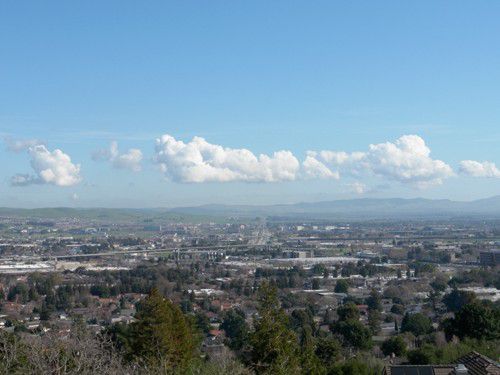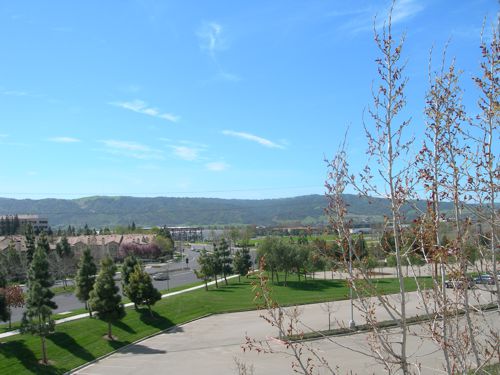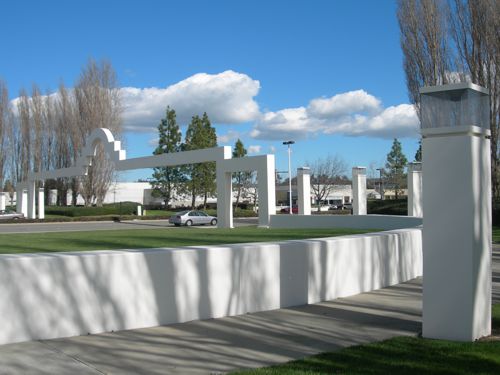Air
Air



Since its inception, Hacienda has been a leader in the movement to improve air quality by helping lower local vehicle emissions. Because of an active interest in air quality in the community, Hacienda, from its inception has worked to address and protect community interest in this area.
Groundbreaking Work
In 1985, Hacienda implemented a robust transportation demand management program to help transition commuters from individual cars into alternative forms of transportation. Initially part of the nation's first transportation demand ordinance, this program has received national recognition from organizations that include the U.S. Environmental Protection Agency and the American Lung Association. Hacienda is also an active participant in the Bay Area Air Quality Management District's Tri-Valley Air Quality Resource Team, which uses innovative public-private partnerships to implement air quality projects. Hacienda continues to integrate and enhance opportunities for alternative transportation, which in turn continues to improve local air quality.
Early Air Quality Monitoring
When it was built, Hacienda was required to monitor air quality in addition to a number of other environmental parameters. The air quality monitoring provided baseline data for the development on parameters that include standard meteorological data, carbon monoxide monitoring, and particulate sampling. Periodic schedules, coincident with Environmental Protection Agency monitoring schedules, were established to monitor each parameter on a quarterly basis. This data reflected local air quality conditions, which were measured against the established baseline as well as and federal, state, and local requirements.
In 1997, routine water and air monitoring activities were concluded after satisfactory evidence was presented to the City of Pleasanton that full-time monitoring efforts were not required. Future air monitoring activities will be implemented based on need.




